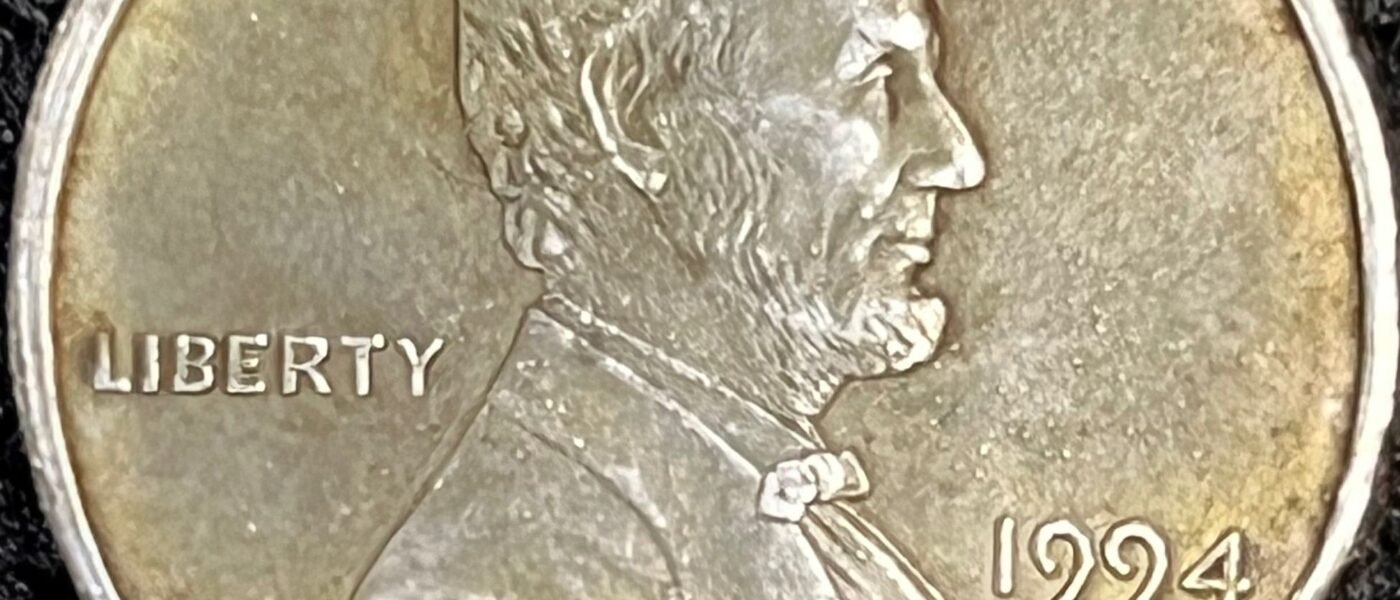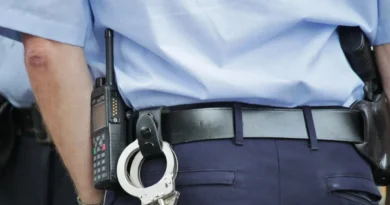The 1944 Wheat Penny value holds a special place in the hearts of coin collectors and numismatists alike due to its intriguing history and varying values influenced by several key factors. This coin, minted during a pivotal period in American history, not only showcases the iconic wheat stalk design but also carries unique characteristics that make it highly sought after in the realm of rare coins. Whether you’re a seasoned collector or someone newly interested in numismatics, exploring the value and story behind the 1944 Wheat Penny value offers a fascinating journey into the world of coin collecting and historical preservation.
Understanding the 1944 Wheat Penny Value
The 1944 Wheat Penny Value, produced by the United States Mint, is a coin cherished for its design and historical significance. Minted during a pivotal time in world history, these pennies bear the iconic wheat stalk reverse and the profile of President Abraham Lincoln on the obverse.
What is a 1944 Wheat Penny?
The 1944 Wheat Penny is a copper coin struck during World War II. Due to the war effort, pennies in this era were made primarily from steel coated with zinc to conserve copper for essential uses.
Brief History of the 1944 Wheat Penny Value
During 1944, the U.S. Mint struck millions of these pennies across various mint locations, each marked by its distinctive mintmark which can significantly affect its value today.
Factors Influencing the Value of 1944 Wheat Pennies
Several factors contribute to the value of a 1944 Wheat Penny, making it essential for collectors to understand these nuances before buying or selling.
Rarity and Mintage Numbers
The rarity of a 1944 Wheat Penny value depends largely on its mintage numbers. Pennies minted at the Philadelphia Mint typically have no mintmark, while those from Denver bear a “D” and San Francisco coins feature an “S.”
Condition and Grading
The condition of a 19 44 Wheat Penny value is critical in determining its value. Professional grading services evaluate coins based on wear, lustre, and overall preservation using a scale ranging from Poor to Mint State (MS).
Grading Scale Explained
- Poor (PO): Barely identifiable details with heavy wear.
- Fair (FR): Mostly worn but some details are still visible.
- Good (G): Well-worn with some distinct features.
- Very Good (VG): Moderate wear with clear details.
- Fine (F): Slight wear with most details visible.
- Very Fine (VF): Minor wear with sharper details.
- Extremely Fine (XF or EF): Small traces of wear with full details.
- About Uncirculated (AU): Slight traces of wear with full mint lustre.
- Uncirculated (MS): No signs of wear with full mint luster.
Demand and Popularity in the Collectors’ Market
The demand for 1944 Wheat Penny Value fluctuates based on collector trends and historical significance. Coins in better condition and rarer mintmarks often fetch higher prices at auctions and through private sales.
How to Determine a 1944 Wheat Penny Value
Determining a 1944 Wheat Peny Value Requires a blend of research, evaluation, and sometimes, expert opinion.
Appraisal Methods
Collectors can determine a coin’s worth through professional appraisal services or online tools, each offering unique insights into market value.
Professional Appraisal vs. Online Tools
While professional appraisers provide in-depth analysis and authentication, online tools offer quick estimations based on recent sales data and market trends.
Common Pricing Trends and Auction Results
Tracking pricing trends and recent auction results can provide collectors with a realistic expectation of what their 1944 Wheat Pennies might be worth in today’s market.
Read more about: The Future of FintechZoom: What to Expect in the Coming Years
Investing in 1944 Wheat Pennies
Investing in 1944 Wheat Pennies can be a rewarding endeavour for collectors and investors alike, but it’s essential to understand the risks and potential rewards.
Reasons to Invest
Historical significance, rarity, and potential appreciation in value over time make 1944 Wheat Pennies attractive to collectors seeking tangible assets.
Risks and Considerations
Investors should be aware of market volatility and speculation inherent in rare coin investments, which can impact short-term values.
Market Volatility and Speculation
Fluctuations in the collectors’ market and broader economic factors can influence the perceived value of 1944 Wheat Pennies.
Tips for Buying and Selling 1944 Wheat Pennies
Navigating the market for 1944 Wheat Pennies requires careful consideration of where to buy and how to sell these valuable coins.
Where to Buy Authentic Coins
Reputable dealers, numismatic conventions, and online marketplaces with buyer protections are ideal sources for purchasing authentic 1944 Wheat Pennies.
Selling Strategies and Platforms
Choosing the right platform and timing can maximise returns when selling a 1944 Wheat Penny value collection, whether through auctions, private sales, or specialised dealers.
Caring for Your 1944 Wheat Penny Value Collection
Preserving the condition of 1944 Wheat Penny Value ensures their long-term value and enjoyment for future generations of collectors.
Storage and Preservation Tips
Storing coins in protective holders, away from humidity and direct sunlight, helps maintain their luster and prevents deterioration over time.
Cleaning Do’s and Don’ts
Avoiding harsh cleaning methods and chemicals is crucial; gentle techniques preserve the coin’s integrity and prevent damage to its surface.
Famous Varieties and Errors of the 1944 Wheat Penny value
Exploring rare varieties and mint errors adds excitement to collecting 1944 Wheat Peny Value, offering unique stories behind each coin.
Notable Varieties and Their Values
Varieties like double dies and overstrikes can significantly increase a 1944 Wheat Penny value, attracting serious collectors and enthusiasts.
Collecting Rare Errors
Understanding common errors like planchet flaws or striking errors enhances the collector’s appreciation for the craftsmanship and uniqueness of each coin.
Conclusion
The 1944 Wheat Peny value holds a significant place in American numismatic history, not only for its monetary value but also for its cultural and historical significance. As a relic from the World War II era, these pennies symbolise resilience and the spirit of the American people during a challenging time. Beyond their financial worth, they serve as tangible reminders of a pivotal moment in history, reflecting the ingenuity and dedication of the nation. Whether you’re a seasoned collector or someone intrigued by history, owning a 194 Wheat Penny value is owning a piece of America’s past, making it a cherished addition to any collection.
FAQs About 1944 Wheat Penny Value
What makes the 1944 Wheat Penny value?
The value of a 1944 Wheat Penny depends on factors like mint mark rarity, condition, and demand among collectors.
How can I tell if my 1944 Wheat Penny is rare?
Check for mintmarks and evaluate its condition using a reputable grading scale to determine rarity.
Is it worth getting my 1944 Wheat Penny graded?
Professional grading authenticates coins and provides a standardised assessment of their condition, influencing their market value.
Where can I sell my 1944 Wheat Penny collection?
Online marketplaces, auctions, and specialised coin dealers are viable options for selling 1944 Wheat Pennies.
Are there any known errors or varieties specific to the 1944 Wheat Penny?
Yes, there are several notable errors and varieties known among 1944 Wheat Pennies, such as double dies, repunched mintmarks, and planchet flaws, which can significantly affect their value.




